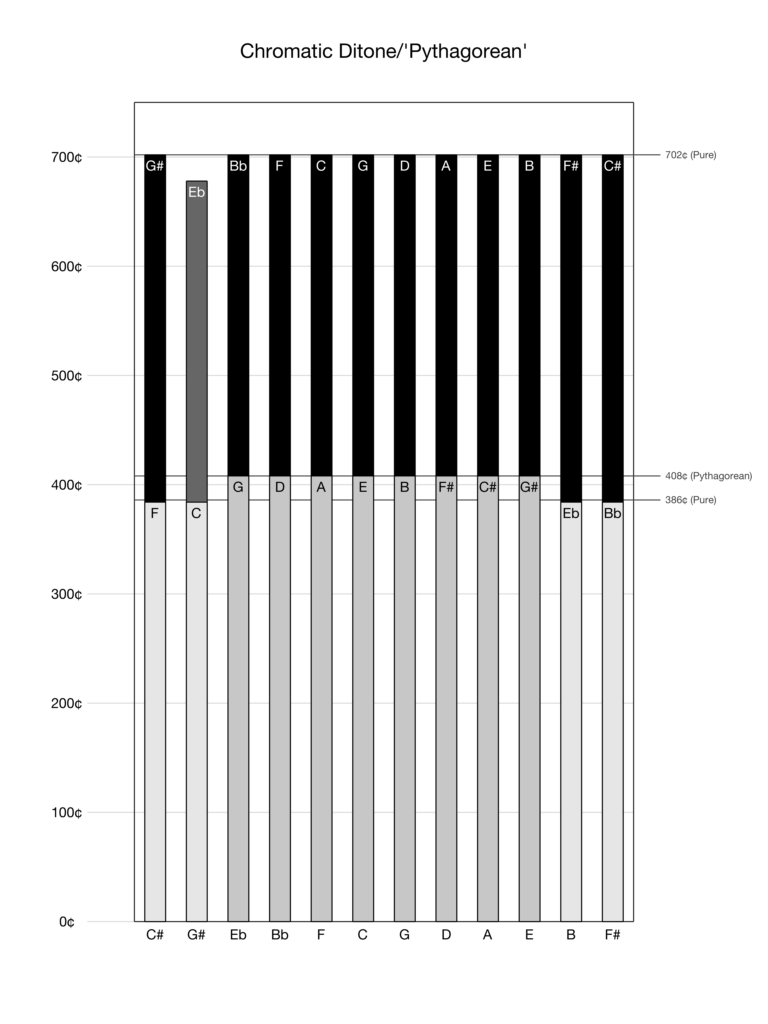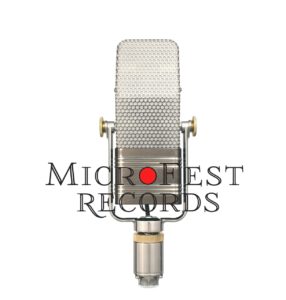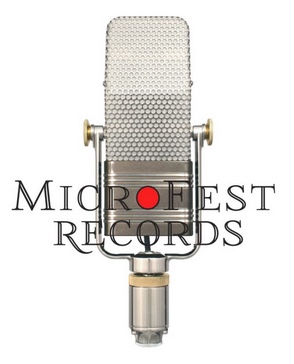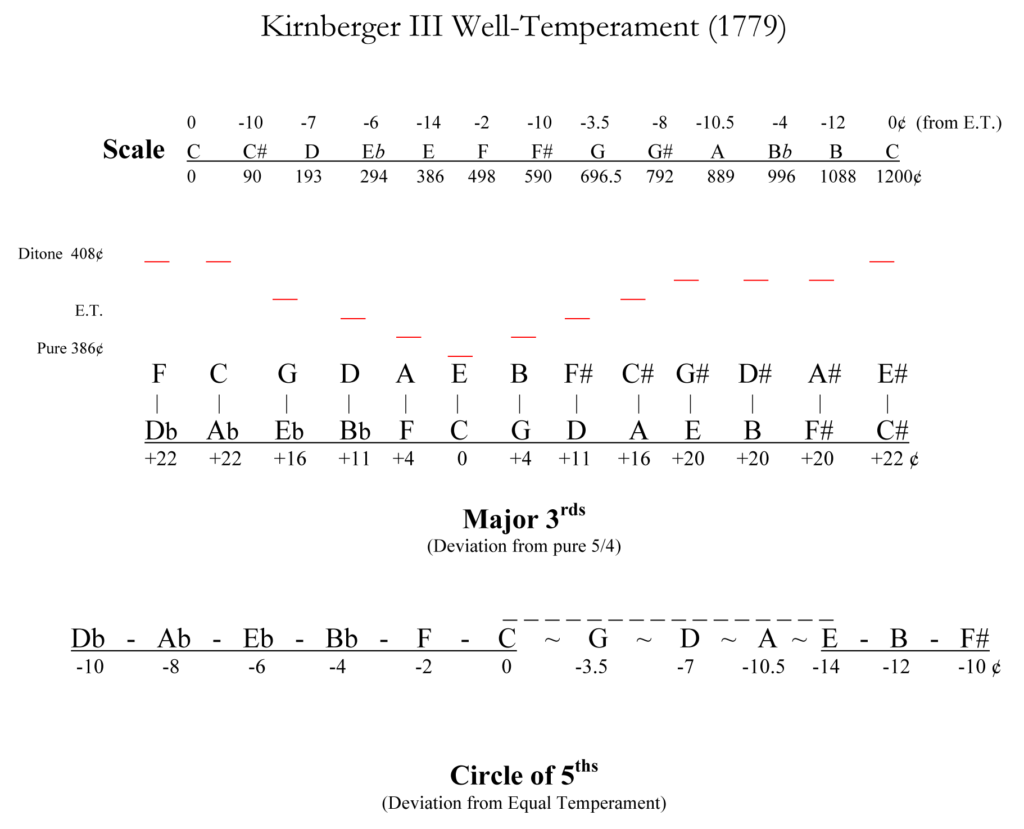makrotonal-notes

Track List
|1| Entrée from Sonata 23, “L’infidèle” S. L. Weiss (4:04)
Sub Rosa Georgi Dimitrov (9:54)
|2| I. Melancholic-Intimate
|3| II. Biting-Poignant
|4| Fantasia VI Francesco da Milano (2:25)
Through the Fog Sean Hayward (10:36)
|5| I. Slow, very free
|6| II. Moving, animated
|7| III. Calm, delicate, with space
|8| IV. Fast, flowing
|9| Fantasia XIII Francesco da Milano (2:38)
Three Portals Hakki Cengiz Eren (13:06)
|10| I. Tense and Fluid
|11| II. Resonant
|12| III. Hommage to Georg Friedrich Haas
|13| Ricercare LVII Francesco da Milano (3:00)
Prelude & Fugato John Schneider (11:32)
|14| Lament
|15| Rondo Fugato
|16| Chaconne BWV 1004 J. S. Bach (14:05)
TOTAL: 66:33
About the Artist
 Mak Grgic has been described as “Imaginative, gifted, and expressive” (NY Times) and a “Guitarist to keep an eye on” (Washington Post). His wide-ranging repertoire includes avant-garde, film, and popular musical styles while still retaining great classics for the instrument. As Young Artist in Residence at The Da Camera Society of Los Angeles, Grgic co-founded DC8, Da Camera’s contemporary music ensemble that was called an “inspiring addition to the contemporary music landscape in Los Angeles” (LA Times). He has performed with Martin Chalifour (Concertmaster, LA Phil), Jay Campbell, Joshua Roman, The Assad Brothers, Ashley Bathgate (Bang on a Can All-Stars), and John Sant’Ambrogio (St. Louis Symphony Orchestra), and is a member of Duo Deloro with Adam Del Monte, and the FretX Duo with Daniel Lippel.
Mak Grgic has been described as “Imaginative, gifted, and expressive” (NY Times) and a “Guitarist to keep an eye on” (Washington Post). His wide-ranging repertoire includes avant-garde, film, and popular musical styles while still retaining great classics for the instrument. As Young Artist in Residence at The Da Camera Society of Los Angeles, Grgic co-founded DC8, Da Camera’s contemporary music ensemble that was called an “inspiring addition to the contemporary music landscape in Los Angeles” (LA Times). He has performed with Martin Chalifour (Concertmaster, LA Phil), Jay Campbell, Joshua Roman, The Assad Brothers, Ashley Bathgate (Bang on a Can All-Stars), and John Sant’Ambrogio (St. Louis Symphony Orchestra), and is a member of Duo Deloro with Adam Del Monte, and the FretX Duo with Daniel Lippel.
Born in Ljubljana, Slovenia, he studied guitar in Zagreb with the revered Ante Cagalj at the Elly Basic Conservatory of Music and obtained his Bachelor’s Degree with Alvaro Pierri at the University for Music and Performing Arts of Vienna. He finished his Doctoral Degree at the USC Thornton School of Music as a student of William Kanengiser and Scott Tennant of the Los Angeles Guitar Quartet and Brian Head, artistic director of GFA. He is on the faculty of Mount St. Mary’s University in Los Angeles, Artistic Directorships of Zagreb Guitar Festival, the interdisciplinary arts festival Biljke i Svirke in Croatia, and serves as Artistic Advisor of Hong Kong International Guitar Festival. Mak also founded the interdisciplinary arts festival M.A.R.S. Music and Arts ReSound. When he is not involved in music, Grgic helps fundraise for Bosnian children with financial difficulties.
Notes
Entrée S. L. Weiss
An exact contemporary of J.S. Bach and friend to several of his sons, lutenist-composer Sylvius Leopold Weiss (1687-1750) composed over 600 works for his instrument including suite-like Sonatas or “Suonate,” to use the composer’s preferred title. Many exist without their Preludes, which were usually improvised, probably in the style of this “Entrée” from the Suite enigmatically titled L’infidèle. J.S. Bach’s Suite for violin & harpsichord in A major BWV 1025 was recently identified as an arrangement of one of Weiss’ lute sonatas: had J.S. performed it on one of his gut-strung keyboard instruments known as a lautenwerk, its lute-like tones would have been tuned in a well-temperament, as it is here. — J.S.

Guitar: Walter Vogt, 1988
Frets: Kirnberger III well-temperament
Strings: E-14 A-10 D-7 G-3.5 B-12 E-14¢
Sub Rosa Georgi Dimitrov
Sub Rosa: Latin, literally: under the rose. Sub Rosa (2015) conjures an image of something powerful agitating beneath an obscuring surface. The music evokes the clash of the invisible against the barrier to acknowledgement, the struggle to define what has been ignored, the drama of a metamorphosis from ethereality to solidity. Sub Rosa is about the build up and release of energy that can no longer be contained. — G.D.

Guitar: Antonius Müller, 2009
Frets: Equal temperament
Strings: E+14 A D G B E-31¢
Fantasia VI Francesco da Milano
The fantasias and ricercare of the Francesco da Milano (1497-1543), nicknamed the divine one [Il Divino] by his contemporaries, are the very pinnacle of High Renaissance lute literature. Modeled on the vocal polyphony of the era, the cascading imitation of several successive themes is accomplished in two, or sometimes three voices, often ending with blistering runs of rapid scales in marked contrast to the work’s stately openings.

Guitar: Daniel Friedrich, 1976
Frets: ¼-comma meantone
Strings: E-14 A-10 D-7 F#-21 B-17 E-14¢
Through the Fog Sean Hayward
Through the Fog (2015) is about clarity and the impossibility of achieving it. In this spirit, the piece explores the microtonal possibilities of a standard guitar. Open strings are tuned in just intervals to adjacent strings. The complex dissonances formed by fretted notes weave a dense fabric, occasionally illuminated by the surrounding pure consonances. Additional musical influences arise from Balkan folk music and extreme metal. — S.H.

Guitar: Antonius Müller, 2009
Frets: Equal temperament
Strings for I & II: D A+2 D F#-14 A#-28 D-30¢
Strings for III & IV: D A+2 C#-12 F#-14 A#-28 E-45¢
Fantasia XIII Francesco da Milano
The Renaissance lute’s mobile frets gave players of the day ample latitude in tuning their scales to sweeten the 3rds, as was the custom on the keyboards. Vincenzo Galilei (father of the famed Galileo as well as a co-creator of opera) was an early proponent of a type of equal fretting, and castigated his contemporaries for using tastini (extra fretlets) and slanted frets to improve their scales, disproving the old adage that all bowed & plucked fretted instruments were always tuned equally. — J.S.

Guitar: Daniel Friedrich (1976)
Frets: ¼-comma meantone
Strings: E-14 A-10 D-7 F#-21 B-17 E-14¢
Three Portals Hakki Cengiz Eren
Three Portals (2014) embodies a musical process that strives to achieve sonorities related to the natural spectra of different fundamentals. The piece begins in the realm of equal temperament, unstable in its harmonic and rhythmical construction. As the music begins its journey towards more and more stability, each new movement introduces a microtonal tuning that not only stretches the boundaries of different spectra, but also places key notes in their spectrally more accurate contexts. Partials 1-7 are particular to the first movement, thus one encounters strings of dominant 7th chords. The second movement expands the range of spectra further, incorporating the 9th, 10th and the 11th partials, sometimes resulting in pentatonic collections or half-diminished chords. The last movement continues the process, extending the possibility of sonorous combinations all the way up to the 21th partial. — H.C.E.

Guitar: Antonius Müller, 2009
Frets: Equal temperament
Strings for I: E A D G B E
Strings for I: E A D-30¢ G B E
Strings for I: E A D-30 G A-50¢ E
Ricercare XVII Francesco da Milano
Also known as “La Compagna,” this delightful composition points the way towards da Milano’s reputation for creating the first monothematic ricercare, predecessor to the fugue so beloved by his Baroque colleagues. The opening motif is developed throughout, along with several secondary ‘subjects’ and, while the leading tones of this historic tuning may seem low to modern ears, the emotional payoff is found in the final chord, which resolves with a pure major third. — J.S.

Guitar: Daniel Friedrich, 1976
Frets: ¼-comma meantone
Strings: E-14 A-10 D-7 F#-21 B-17 E-14¢
Prelude & Fugato John Schneider
This composition fulfilled an old aspiration to write solo guitar music of several parts with tightly chromatic voice-leading and constantly developing thematic structure. The Prelude (Lament) [1981] is the tale of two perfect fifths in search of harmony, and though it certainly can be performed in equal temperament, it was conceived in ‘Pythagorean’ or ‘Ditone’ tuning [created by tuning a circle of 12 pure fifths Bb-D#]. When played in that tuning, the harmonic tensions are exquisitely enhanced, since all keys produce unusually harsh major thirds, making tonal resolution virtually impossible—except for one delicious anomaly, which closes the piece. — J.S.

Guitar: Bob Mattingly/Novatone Switchboard, 1982
Frets: Pythagorean
Strings: E+8 A+6 D+4 G+2 B+10 E+8¢
The episodic character of a traditional Baroque Fugue has much in common with the Rondo/Sonata forms that conclude so many Classical masterworks. This Rondo Fugato (1986) is a postmodern gloss on those venerated 18th century forms, as well as the developing variation & the harmonic language of the Romantic Era. It is composed for a suitable Baroque Well-Temperament [Kirnberger III preferred] where the size of each major 3rd is different, making modulation a palpable auditory event. It is almost as if while fuguing, our modern soloist begins to daydream and— forgetting the job at hand—begins to wander through other centuries, only to drift back to the present, time after time. In a final attempt to stay on-task, the player begins a double fugue, only to give up in frustration after an explosive accelerando. — J.S.

Guitar: Walter Vogt, 1988
Frets: Kirnberger III well-temperament
Strings: E-14 A-10 D-7 G-3.5 B-12 E-14¢
Chaconne J.S. Bach
Once Segovia famously premiered his guitar arrangement of Bach’s towering masterpiece in 1935, it has lived there ever since, a formidable Mt. Everest for those who would choose to ascend. Each of the sixty-four variations on its four-measure theme tests the performer’s technical and interpretational prowess at every turn: one must navigate the breathtaking topography detail-by-detail while also keeping the larger tripartite structure in mind. Countless guitar performances have certainly made it standard repertoire for today’s audiences, though recent performances on lute or harpsichord have revealed an entirely fresh dimension to the work by adopting one of the era’s preferred intonations, an option only previously possible on the bowed strings (Casals famously declared that 50% of a player’s total expressive power came from intonation). Applying a Baroque well-temperament to the modern guitar intensifies the cyclical nature of the repetitive chaconne structure, reinvigorating a forgotten expressive vocabulary that highlights the singular harmonic color of each chord and subtly propels each melodic progression to its inexorable conclusion. The grandeur and character of the work remains, of course, but the tuning reveals new details and prompts new insights, surely the goal of any arrangement. — J.S.

Guitar: Walter Vogt, 1988
Frets: Kirnberger III well-temperament
Strings: E-14 A-10 D-7 G-3.5 B-12 E-14¢
Tunings
The Historic tunings found on this recording can be described visually as well as numerically.
For more information: Schneider, John. “Microtones: The Well-Tuned Guitar,” The Contemporary Guitar, 2nd Edition [Rowman & Littlefield, 2015], 141-214.





Thanks
The CD you are holding in your hands offers a wide array of commissions, existing pieces of new and old, played on retuned, prepared, or re-fretted guitars. My thanks go to John Schneider for recording this wonderful album, for his guidance and wisdom, and for welcoming me into the world of microtonality; to Hakki Cengiz Eren, Georgi Dimitrov, Sean Hayward, and Anderson Alden (his piece will be featured on a different disc – stay tuned!) for pouring their creative knowledge onto a piece of paper and giving me the opportunity to express myself through their music; with equal thanks to my mentors Brian Head, Scott Tennant and William Kanengiser for their wisdom, and for correcting me whenever I played a note “in tune.” Lastly, I would like to thank Peter Robles, my agent, mentor, and friend for pushing me ever further and introducing me to the wonderful world of new music. Oh, and of course, to all of you who are listening to this album! – Mak Grgic
Special Thanks: David Collett (Guitar Salon International) for loan of the Friedrich Meantone Guitar, Felix Salazar for the wonderful photographs, & Michael Vest & John Volaitis at Earthstar Creation Center
Recording
Recorded April to September, 2016 – Earthstar Venice, CA
Producers: John Schneider, Brian Head
Recording Engineer: John Schneider
Editing: John Schneider
Mastering: Scott Fraser Architecture
Art Direction: Erin Schneider
Photographs
Guitars – Felix Salazar, Guitar Salon International
Mak Grgic – Ryan Hunter
MAKROTONAL

M•F 11
℗©2018 MicroFest Records, all rights reserved





